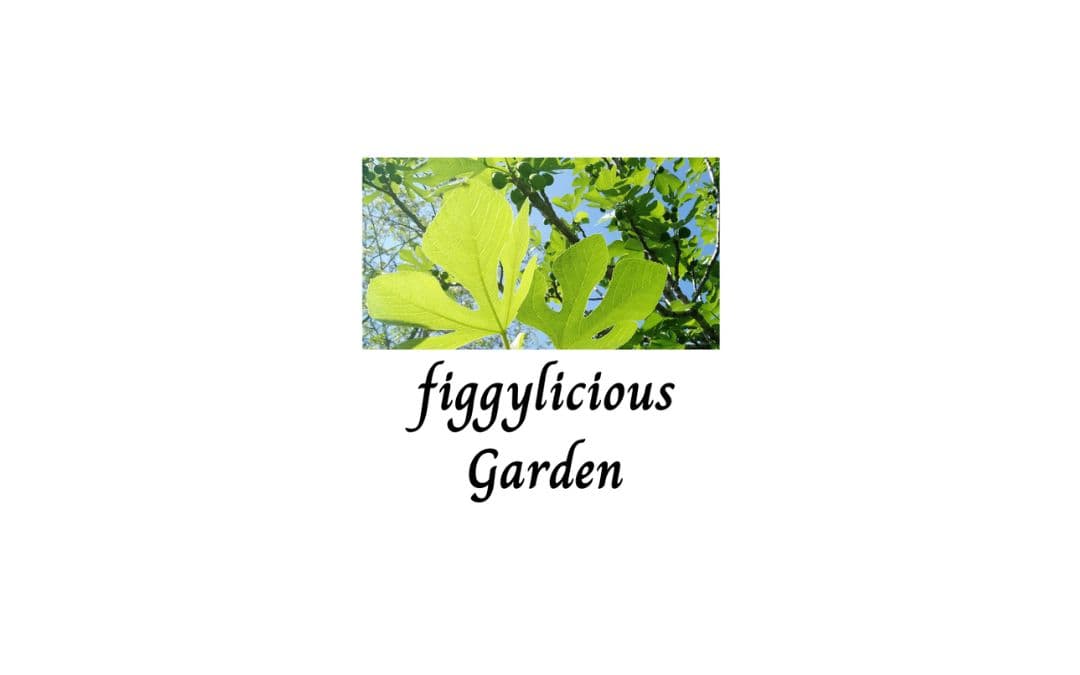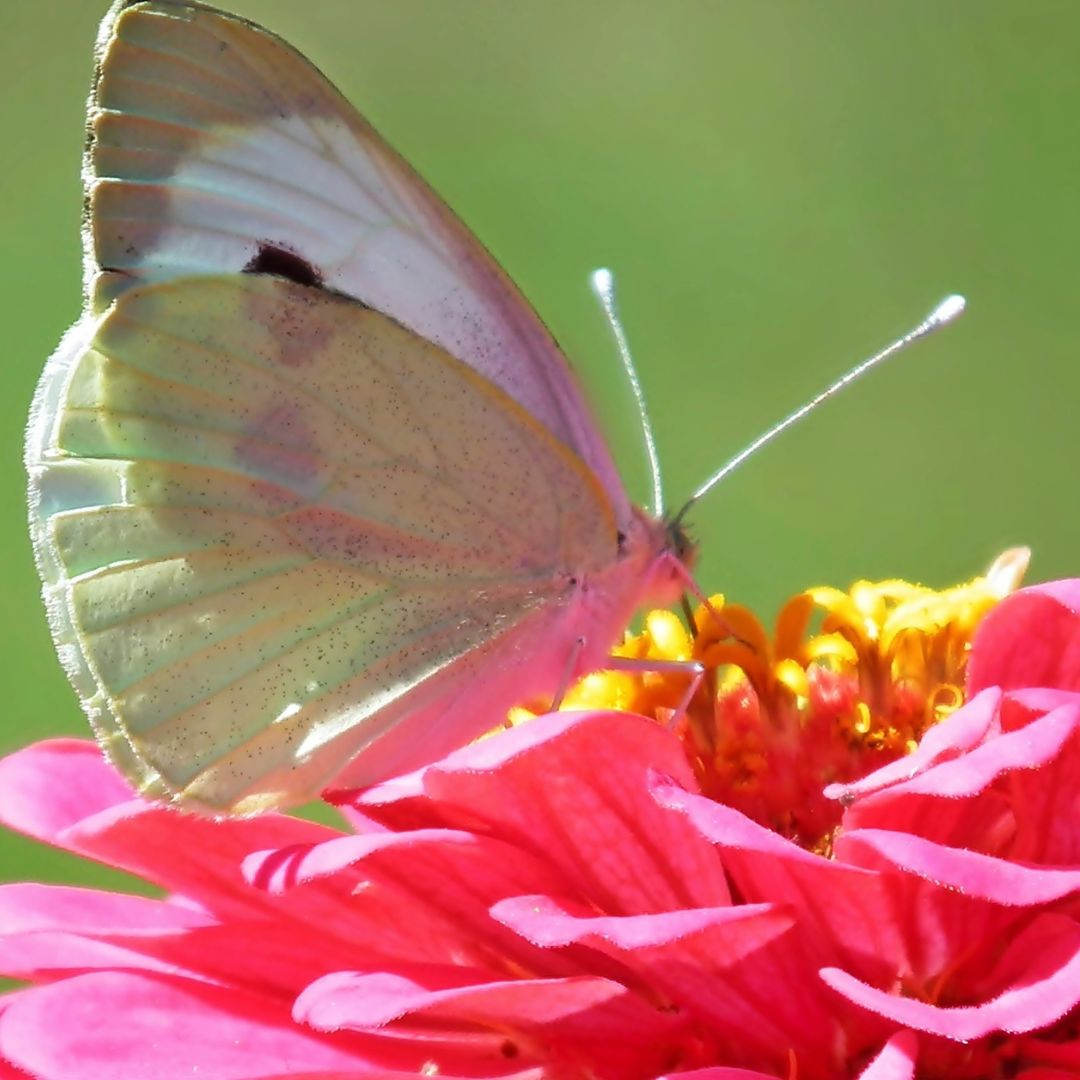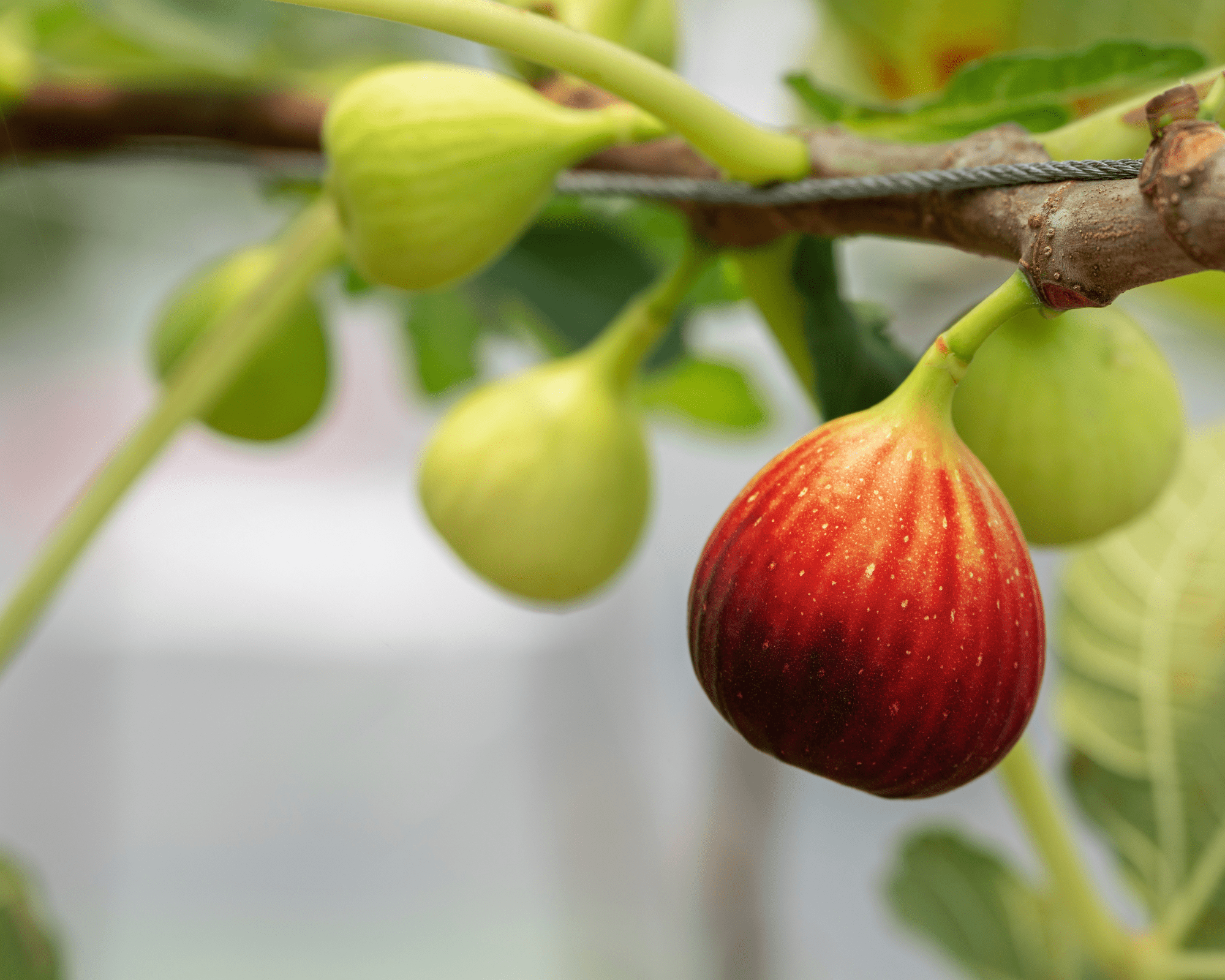Please read the full disclosure for more info. 💚
Fig trees aren’t just great for their delicious fruit—they also play a crucial role in boosting the biodiversity of my garden. Since planting fig trees, I’ve noticed a dramatic increase in the variety of wildlife and beneficial insects in the area. These trees are more than just a source of food for humans; they’re a haven for many types of wildlife, insects, and even other plants.
Attracting Pollinators
One of the most important ways fig trees support my garden’s biodiversity is by attracting a wide range of pollinators. The fig tree’s unique flowers are housed inside the fruit, and these tiny blooms are often overlooked by most people. However, they’re an excellent source of nectar for bees, butterflies, and even some species of wasps. These pollinators also help increase the yield of other plants in my garden, making fig trees a key player in a healthy garden ecosystem.
Providing Shelter for Birds and Small Animals
The broad canopy and dense foliage of fig trees create perfect shelter for birds and small mammals. Birds often build nests in the branches, while squirrels and other animals take refuge under the dense leaves. In turn, these animals help control insect populations in my garden, reducing the need for chemical pesticides. The fig tree’s large leaves also provide shade for other plants, helping maintain a cooler microclimate for the plants growing underneath.
Supporting Beneficial Insects
Fig trees are a magnet for beneficial insects. Ladybugs, lacewings, and predatory beetles are commonly found near fig trees, and these insects naturally prey on garden pests like aphids and mites. This natural pest control reduces the need for harmful chemicals and keeps the ecosystem balanced. Moreover, the fig tree’s fruit also attracts a range of insects, including ants and beetles, which in turn attract other predators, further contributing to the food chain in my garden.
Enhancing Soil Health
The root system of a fig tree is deep and expansive, which helps improve soil structure by allowing better water infiltration. This deep rooting system also helps to prevent soil erosion, especially in areas prone to heavy rainfall or wind. Additionally, the fallen leaves and figs break down and add organic matter to the soil, enriching the earth with vital nutrients. This creates a healthier environment for all the plants in my garden and encourages strong, productive growth.
Supporting a Diverse Plant Ecosystem
Fig trees also contribute to plant biodiversity by creating a micro-ecosystem in the garden. Their leaves provide a natural mulch that helps retain moisture and prevent weed growth, and their root system allows other plants to thrive by enriching the soil. With a fig tree in the garden, I can grow a wide variety of plants beneath its canopy, from groundcovers to vegetables, that thrive in the nutrient-rich environment.
In short, fig trees are fantastic allies in creating a thriving garden that supports a variety of species. Not only do they provide food for us, but they also enhance the ecological balance, making them an essential addition to any biodiverse garden. By planting a fig tree, you’re not just enhancing your food supply—you’re helping the entire ecosystem flourish.


